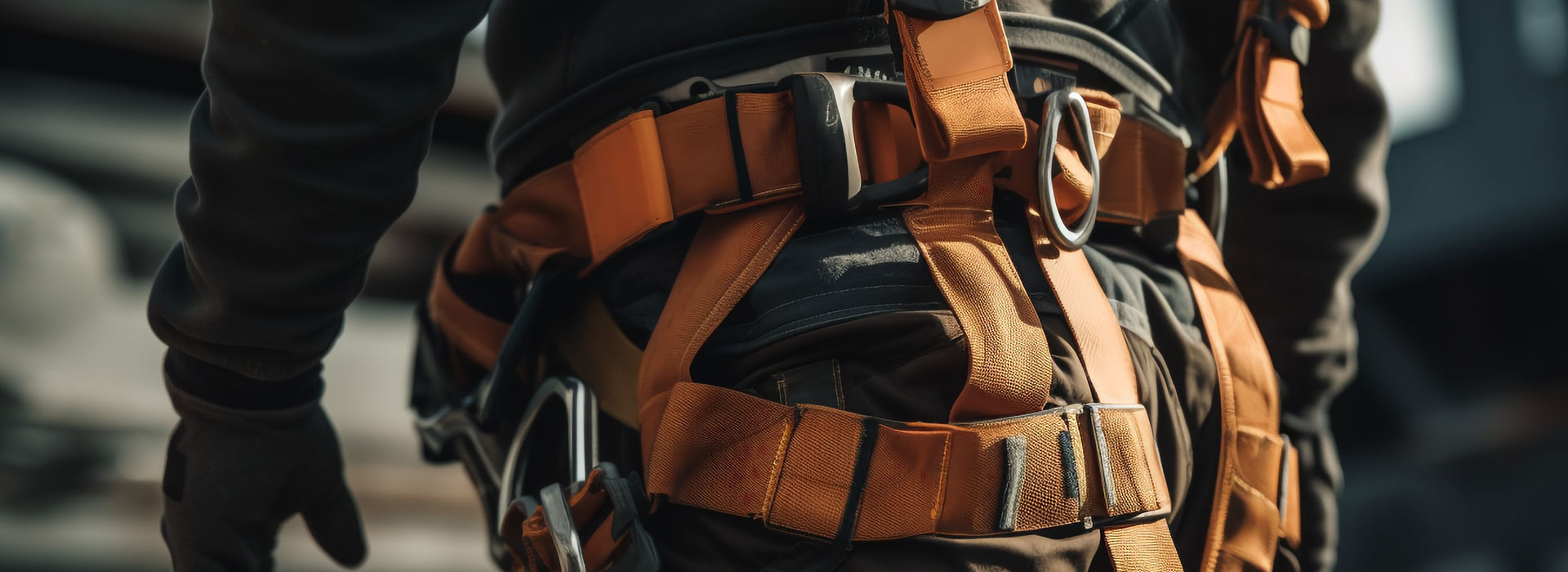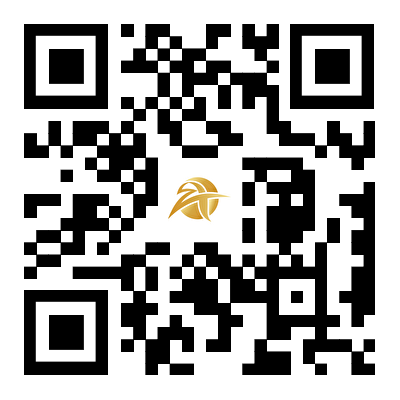
- English
- Español
- Português
- русский
- Français
- 日本語
- Deutsch
- tiếng Việt
- Italiano
- Nederlands
- ภาษาไทย
- Polski
- 한국어
- Svenska
- magyar
- Malay
- বাংলা ভাষার
- Dansk
- Suomi
- हिन्दी
- Pilipino
- Türkçe
- Gaeilge
- العربية
- Indonesia
- Norsk
- تمل
- český
- ελληνικά
- український
- Javanese
- فارسی
- தமிழ்
- తెలుగు
- नेपाली
- Burmese
- български
- ລາວ
- Latine
- Қазақша
- Euskal
- Azərbaycan
- Slovenský jazyk
- Македонски
- Lietuvos
- Eesti Keel
- Română
- Slovenski
- मराठी
- Srpski језик
What is the mechanical principle of the car seat belt? Why can it be pulled out by slowly pulling, but it will stop when pulled quickly?
2025-04-09
In the structure of the car seat belt, the seat belt is connected to the retractor, which allows the passenger's upper body to move freely, and can limit the movement of the passenger's upper body in the event of a collision. In the retractor, the spool is wound with webbing, and the spiral spring provides rotational force or torque to the reel, pulling the webbing to extend outward, and the spool rotates counterclockwise. The spring generates a reverse force to restore the deformation, and the webbing is rewound into the spool after the webbing is released. In this way, the car seat beltallows the upper body of the passenger to move freely.
The retractor has a locking device, which can provide locking protection when the car collides and prevent the passenger's body from moving.
There are generally two types of locking devices: locking triggered by the movement of the car, the core component is a weighted pendulum, when the car stops suddenly, inertia causes the pendulum to swing forward, the pawl at the other end of the pendulum moves, and the toothed ratchet of the spool is stuck, preventing the spool from continuing to rotate counterclockwise. It can only be disengaged by rotating clockwise after the collision.
The locking after pulling the webbing hard mentioned in the question is the second solution. The activation of the lock depends on the speed of the spool rotation when the belt is pulled. The core component is a weighted lever mounted on the spool. When the spool rotates slowly, the force of the spring fixes it. When the webbing is pulled and rotated quickly, the centrifugal force causes the weighted end of the lever to move outward. At the same time, the extended lever pushes the cam on the reel housing. The cam is connected to the rotating ratchet through a sliding pin. When the cam moves to the left, the pin moves along the groove in the pawl, and the pawl is pulled into the rotating ratchet gear connected to the spool, so that the pawl is stuck in the teeth, thereby preventing the spool from rotating counterclockwise.




